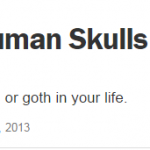
Being Disturbingly Informative. By Shane McCorristine
Last year I visited a fine old building nestled incongruously close to the skyscrapers and busy financial offices of Market Street in downtown Philadelphia. The building houses the College of Physicians of Philadelphia, the oldest private medical organisation in the United States (founded in 1787). Today, Philadelphia’s heyday as the centre of medical and […]
Shot at dawn in the Great War: Re-evaluating justice in the case of Harry Farr. By Floris Tomasini
Today’s post looks at a re-evaluation of justice in an emblematic case study; Harry Farr who was shot for cowardice during the Great War. The historical facts of the case are taken and paraphrased from Cathryn Corns and John Hughes-Wilsons book Blindfold and Alone: British Military Executions in the Great War (2002). The […]
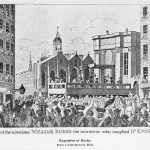
Reflecting upon Four Years of Criminal Corpses. By Rachel Bennett
Almost four years ago to the day I travelled to Leicester to attend my first PhD supervisory meeting armed with only a pen, a notepad and a head swirling with ideas. When I walked out of that meeting I was nervous yet excited about the mammoth task of getting to grips with such a […]
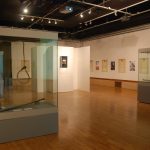
Rest in Pieces: The story of a hanged woman and her journey to becoming a museum object. By Ali Wells
When referring to “skeletons in the cupboard” we rarely expect these to be literally true, but in the case of Mary Ann Higgins and the Herbert Art Gallery & Museum in Coventry, it is. In the early 1970s the Herbert acquired an unusual and unique object – the head of the penultimate woman […]

Introducing Exciting Guest Bloggers. By Emma Battell Lowman
Here at the Power of the Criminal Corpse blog, it has been a great year. All of our project team members have contributed, and our posts have been used in undergraduate teaching, spread with interest across social media, and have even nabbed the attention of the university’s press office. Even better, it has provided a […]
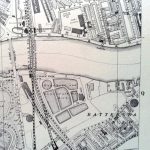
Dismemberment in Victorian London: The Thames Torso Murders. By Shane McCorristine
One of the most disturbing unsolved murder mysteries in London’s history began on the morning of 5 September 1873 when a Thames policeman rowing on the river found the left quarter of a woman’s torso in some mud off Battersea waterworks. On the same day other policemen found the right side of a […]
A Historical Long View of Posthumous Harm: Comparing organ snatching to body-snatching. By Floris Tomasini
Improper Procurement and Retention Taking organs of dead children without parental permission at Alder Hey is a practice The Economist (2001) dubbed the ‘return of the body-snatchers’. There is a historical affinity between the practice of body-snatching in the Georgian period and ‘organ snatching’ at Alder Hey some two hundred or so years […]
The Bloody Business of the Bloody Code: Dissecting the Criminal Corpse. By Elizabeth Hurren
Imagine hearing local gossip that a notorious murderer was about to be executed, and that everyone in the vicinity of a homicide was planning to turn out to see the violent culprit punished in Georgian England. Getting to the gallows to secure a good spot would mean having to take an unpaid half-day off […]
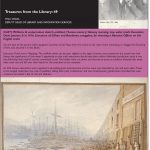
Turned off at Execution Dock: Thames Scenery in the City of the Gallows. By Richard Ward
Eighteenth-century London has, with good reason, been called “the city of the gallows”. Gibbets lined the approach to London in every direction, not least of which at various points along the Thames, where offenders sentenced to death by the High Court of Admiralty for crimes committed on the seas were hung in chains after […]
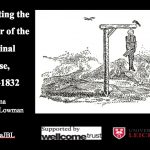
#SocialHistoryAssociationAnnualConference2016. By Emma Battell Lowman
In late March 2016, the Social History Association (SHA) met for its annual conference. In beautiful Lancaster, at the University of Lancaster, a large group of energetic scholars met to share new research, connect with colleagues, and celebrate four decades of successful operation. This was my first engagement with the Association. I have hesitated […]

Recent Comments